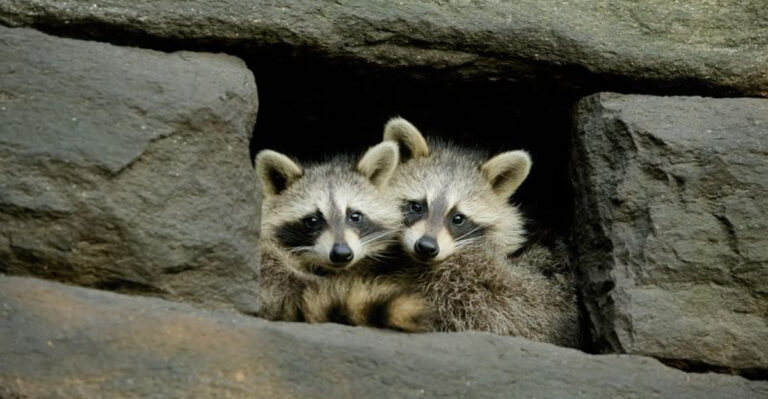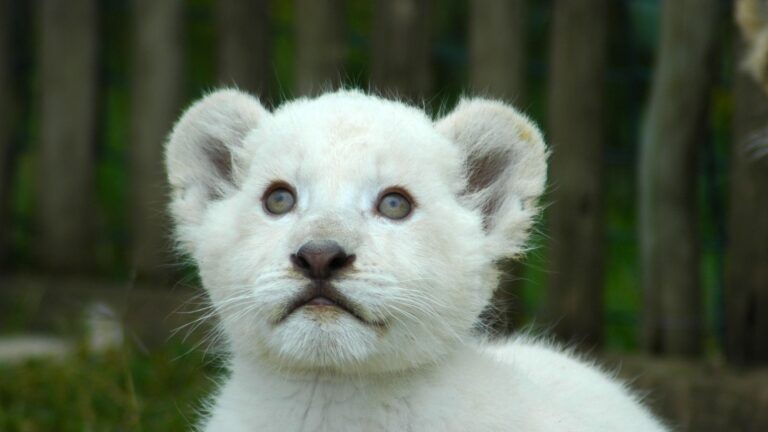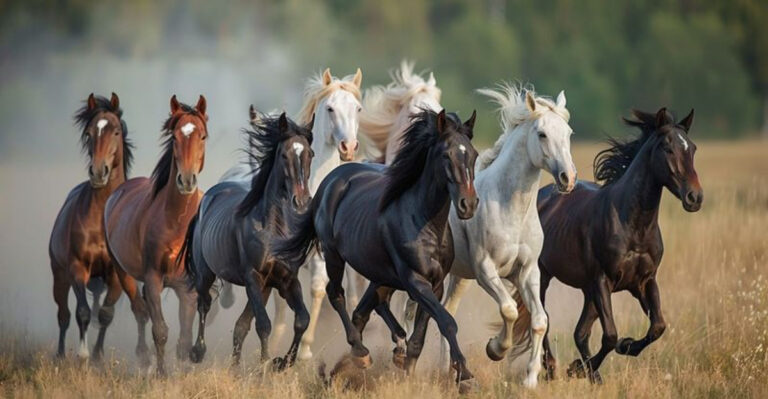15 Chicken Breeds That Thrive On Country Farms
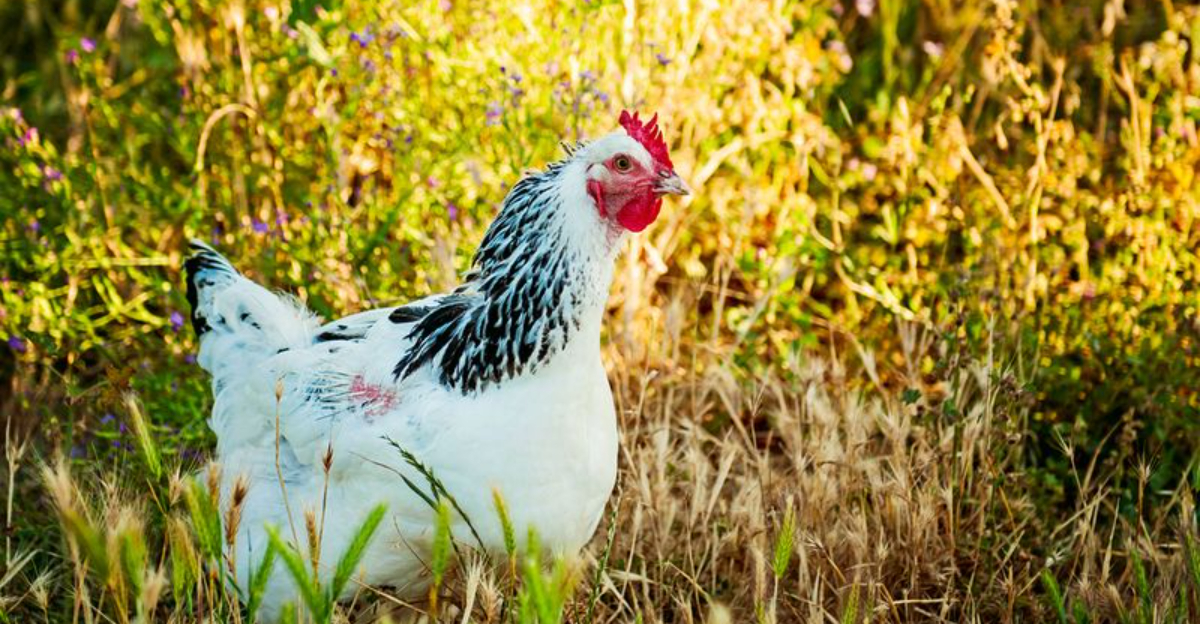
Choosing the right chicken breeds can make all the difference when living on a country farm. Some chickens are simply better equipped to handle free-ranging, weather changes, and predator awareness than others.
Whether you’re looking for excellent egg layers, meat birds, or just friendly feathered companions, these breeds have proven themselves as countryside champions.
1. Rugged Rhode Island Reds

Imagine a chicken so dependable that even first-time farmers rarely struggle with them! Rhode Island Reds adapt to almost any climate while consistently laying 250-300 brown eggs yearly.
Their reddish-brown feathers help them blend into the landscape, making them less visible to hawks. Plus, they’re surprisingly independent foragers who’ll happily clean up garden pests.
2. Hardy Plymouth Rocks

Picture-perfect with their distinctive black and white barred pattern, these American classics practically scream ‘farm life.’ They handle cold weather like champs while maintaining friendly personalities that even children can manage.
Expect about 200 eggs annually from these dual-purpose birds. Their docile nature makes collecting eggs stress-free, and they’re excellent at avoiding predators.
3. Friendly Buff Orpingtons
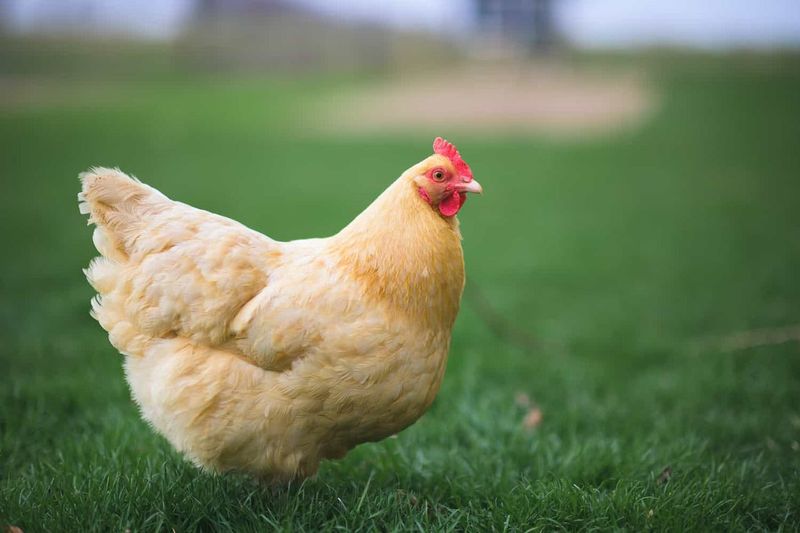
Resembling golden-feathered teddy bears, these English-bred chickens bring charm and warmth to any farmyard. Abundant feathering provides excellent insulation, making them well-suited for colder climates.
Known for their gentle nature, they peacefully coexist with other birds without causing trouble. Consistent layers, they produce approximately 180 large brown eggs each year.
4. Vigilant Australorps
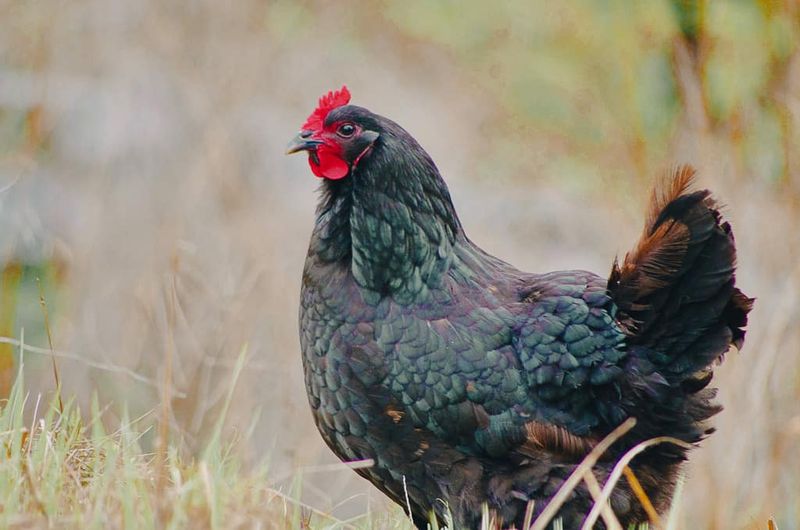
Sleek black feathers that shimmer with beetle-green iridescence make these Australian-developed birds as beautiful as they are useful. A world-record holder for egg production once laid 364 eggs in 365 days!
Their alert nature helps spot predators while still maintaining a calm demeanor. Heat-tolerant and disease-resistant, they’ll keep producing through challenges that would stress other breeds.
5. Versatile Wyandottes

Adorned in intricate laced feather patterns, Wyandottes add a touch of elegance to any farm setting. Rose combs offer natural protection against frostbite, making them a reliable choice for northern climates.
Medium-weight bodies support steady egg production, even through the coldest months. Friendly and curious by nature, they eagerly follow farmers around like loyal, feathered companions.
6. Industrious Leghorns

White feathered dynamos that seem to run on endless energy! Originally from Italy, these lightweight birds are egg-laying machines, producing 250-300 large white eggs annually with minimal feed costs.
Their large combs act as natural cooling systems in hot weather. Though slightly flighty compared to heavier breeds, their incredible efficiency makes them farm favorites for anyone focused on egg production.
7. Majestic Brahmas

Gentle giants of the farmyard, these towering birds boast feathered feet and a substantial weight of 8-10 pounds. Originating from Asia, they possess a calm demeanor that allows even children to handle them with ease.
Thick, insulating feathers make them outstanding performers during harsh winters, staying active when others huddle for warmth. Although their egg production averages around 150 annually, their impressive size makes them valuable meat birds for self-sufficient farms.
8. Self-Sufficient Speckled Sussex

Confetti-colored foragers with personality plus! Their mahogany feathers splashed with white speckles create a camouflage effect that helps protect them from aerial predators.
Known for following gardeners hoping for freshly turned soil treasures, they’ll reduce your feed bill through enthusiastic bug-hunting. These English heritage birds lay around 250 medium brown eggs yearly while maintaining friendly, curious personalities.
9. Colorful Easter Eggers
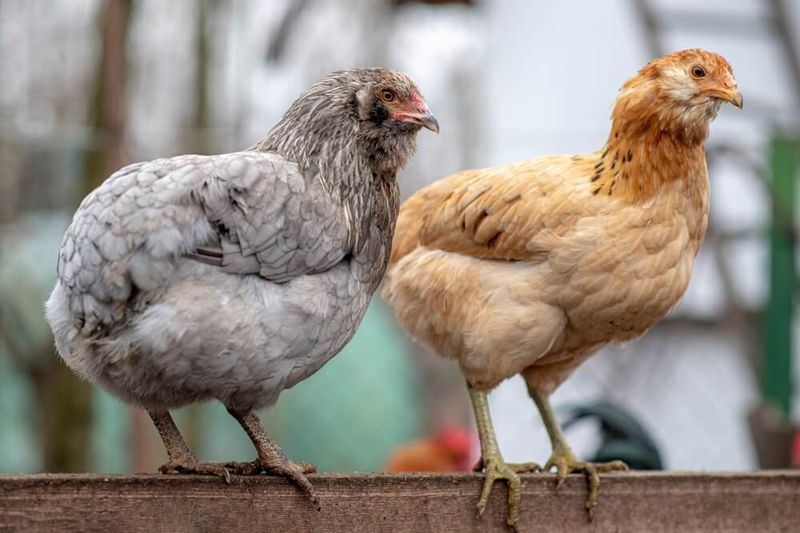
Mother Nature’s surprise package! These mixed-heritage birds lay eggs in shades from sky blue to olive green, bringing rainbow variety to your egg basket. No two look exactly alike, sporting beards, muffs, or different comb styles.
Their genetic diversity makes them naturally disease-resistant and adaptable to various climates. Friendly and curious, they’re perfect for families wanting both practical egg production and conversation-starting uniqueness.
10. Weather-Tough New Hampshire Reds
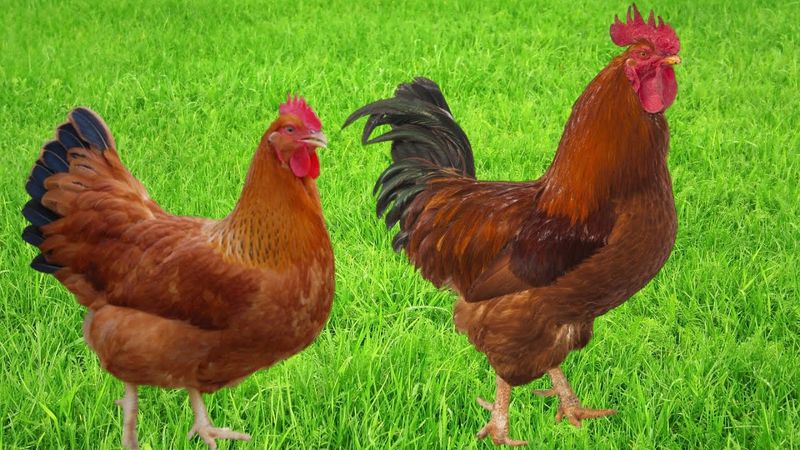
Built for both meat and eggs, these birds showcase a rich reddish-brown color and a sturdy, muscular build. Rapid growth and efficient feed conversion make them an excellent dual-purpose choice for any farm.
Resilient against temperature changes, they thrive in various climates without issue. Striking a balance between independence and calmness, they offer consistent production with minimal fuss.
11. Efficient Dominiques
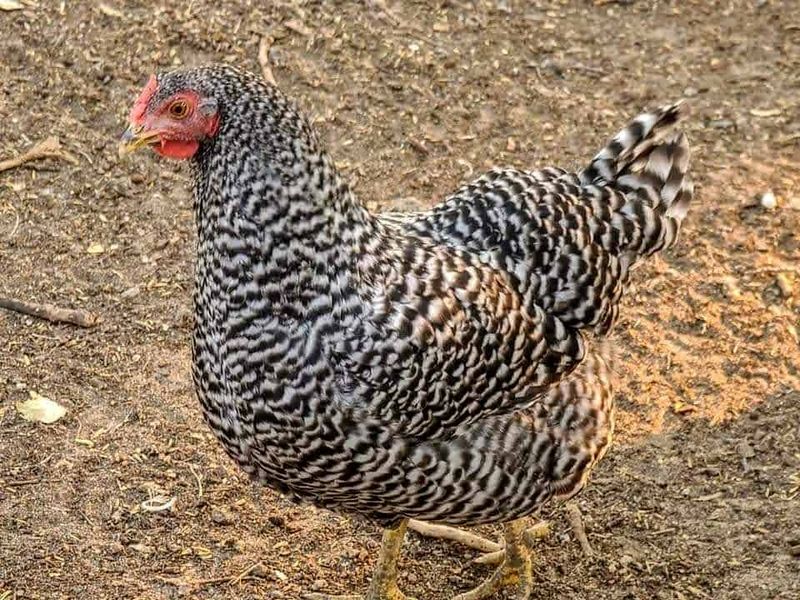
America’s oldest breed sports distinctive black-and-white barred feathers similar to Plymouth Rocks but with a rose comb that better resists frostbite. These historical birds helped pioneer families survive through tough winters.
Their alert nature makes them excellent free-rangers who spot predators quickly. Medium-sized and economical eaters, they convert foraged food into approximately 230 brown eggs yearly while requiring minimal supplemental feed.
12. Productive Welsummers
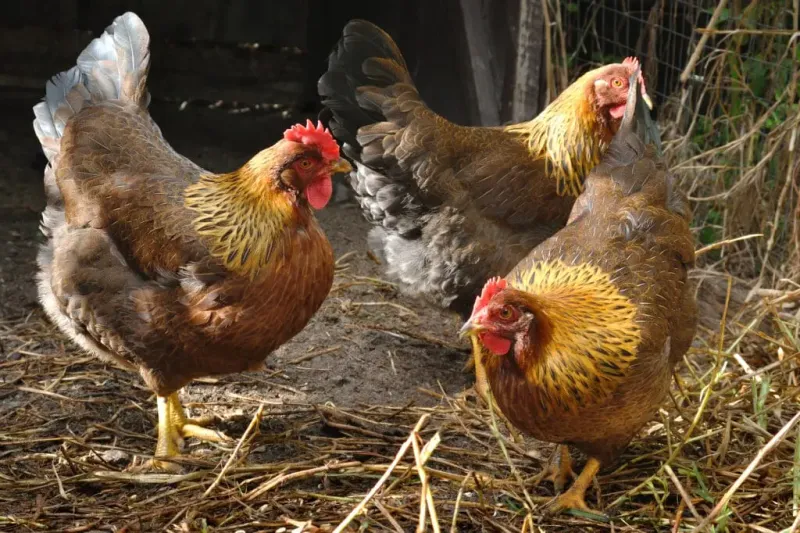
Famous as the Kellogg’s Cornflakes rooster model, these Dutch beauties sport gorgeous reddish-brown plumage with black accents. Their claim to fame? Producing some of the darkest terracotta-colored eggs you’ll ever collect.
Active and confident without being aggressive, they excel at free-ranging. Though not overly cuddly, their independent nature means less work for busy farmers while still delivering around 160 striking eggs annually.
13. Cold-Hardy Chanteclers
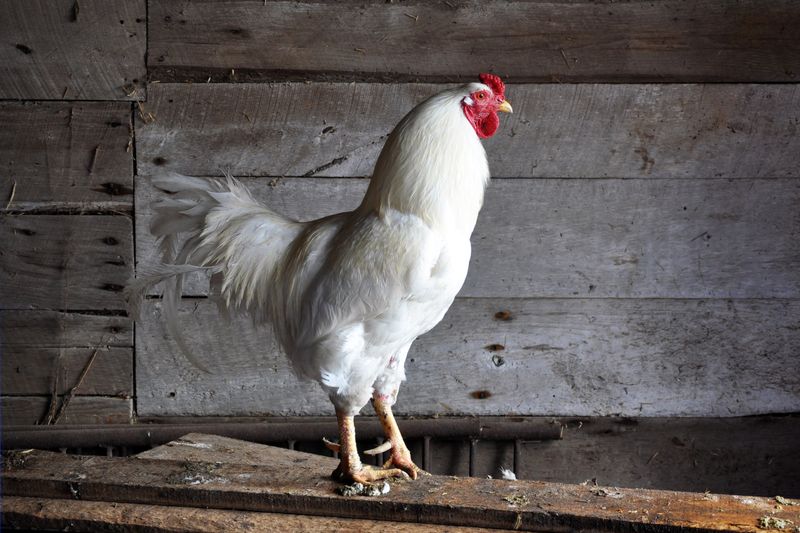
Born in Canada’s harsh climate, these rare birds laugh at winter with their tiny combs and wattles that resist frostbite. They’re the only breed developed specifically for northern farm conditions.
White or partridge varieties both feature thick, close-fitting feathers that insulate like down jackets. Their calm, practical personalities match their no-nonsense appearance, producing around 200 eggs yearly even during cold months.
14. Striking Jersey Giants

True to their name, these gentle behemoths can reach 13 pounds, making them the largest purebred chicken breed! Their glossy black feathers contrast beautifully with green-black shanks and bright red combs.
Despite their imposing size, they’re known as gentle giants with calm personalities. Slow-growing but worth the wait for meat production, they also lay around 175 large brown eggs yearly.
15. Adaptable Delaware Chickens

Originating in the 1940s, these white birds with striking black barring on necks and tails were pivotal to America’s broiler industry. Fast growth combines with reliable egg production, averaging around 280 light brown eggs annually.
Calm but not overly timid, they maintain a balanced temperament, making them easy to manage. Adaptable to both heat and cold, they consistently perform without demanding specialized care.

